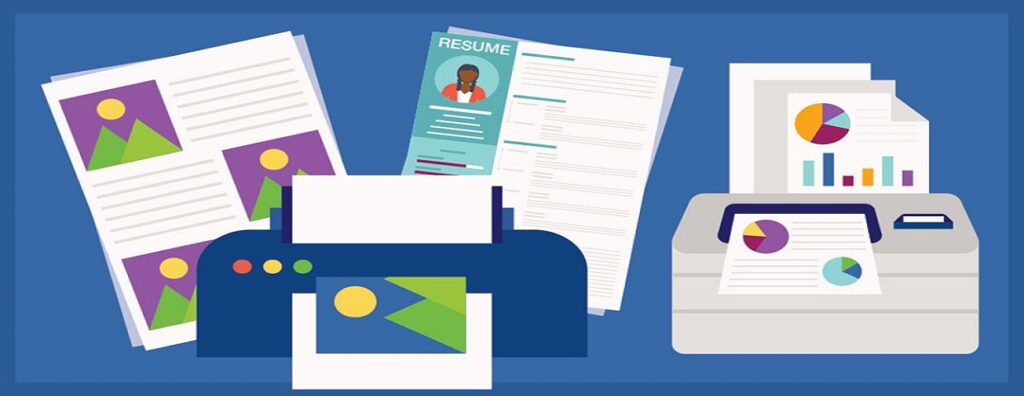Get the best quality color copies today
Regardless of whether you are a beginner or an expert, you’ve probably experienced it – you plan something in your number one page format program – meticulously select your tones and wonderful your plan, click print (or take it to your printer), and lo and see, that shading simply isn’t right. It’s a lot lighter/more obscure/immersed on your screen, and truth be told you’re somewhat frustrated. So what gives? For what reason does the screen shading not mean paper, and how would you approach fixing it? In this article, we clarify why and recommend a few different ways to work around this regularly baffling marvel.
All Viewing Devices are Different
The speedy and straightforward clarification with regards to why screen tone doesn’t coordinate print tone is that all review gadgets are extraordinary, so the thing you are seeing on your screen may not be the “right” shade.
How about we utilize this turquoise and dim greeting for instance. From left to right, here’s:
- The plan as a PDF (a pleasant, soaked turquoise)
- A photograph of a similar PDF as it shows up on a cell phone (well that looks strangely blue-green…)
- A photograph of the printed piece (substantially less immersed, a lot lighter)
As should be obvious, the tones contrast generally from a PC screen to portable, to print color copies, and chances are, on the off chance that you saw that equivalent PDF on an alternate PC, at that point an alternate advanced cell, you’d probably get two additional shades of blue/green. The lesson of the story is, tragically you cannot confide in a screen, and until that printed piece is in your grasp, you never fully understand what you’ll get.
The Paper – The Color, the Composition
It’s implied that a plan imprinted on hued paper will assume the shade of the paper – for instance, blues imprinted on yellow look marginally green. Nonetheless, what you cannot deny is that paper of any tone, even white, will impact your end-product.
From brand to mark, papers have distinctive synthetic arrangements, added substances, surfaces, completes, and so on, all of which respond contrastingly with inks and toners of advanced and ordinary presses. Taking everything into account, a similar plan imprinted on two distinctive white card stocks may change somewhat in shading.
The Way Colors are embedded
CMYK and RGB models
The manner in which tone is made/installed in your record will have an enormous bearing on how the end result prints too – Pantone, CMYK, RGB, hex, spot, measure – they have any kind of effect in what you see on screen versus what you find on paper, so be careful. To become familiar with these shading frameworks, if it’s not too much trouble see the accompanying:
Pantone, CMYK, RGB – What’s the Difference?
Some Workarounds for Inevitable Color Discrepancy
Since you realize that screen versus print color copies shading inconsistency is inescapable, here are a couple of things you can accomplish to work around it.
Know about It, Allow Time for It
Knowing ahead of time permits you to set yourself up (and your customers) for additional time for workarounds.

